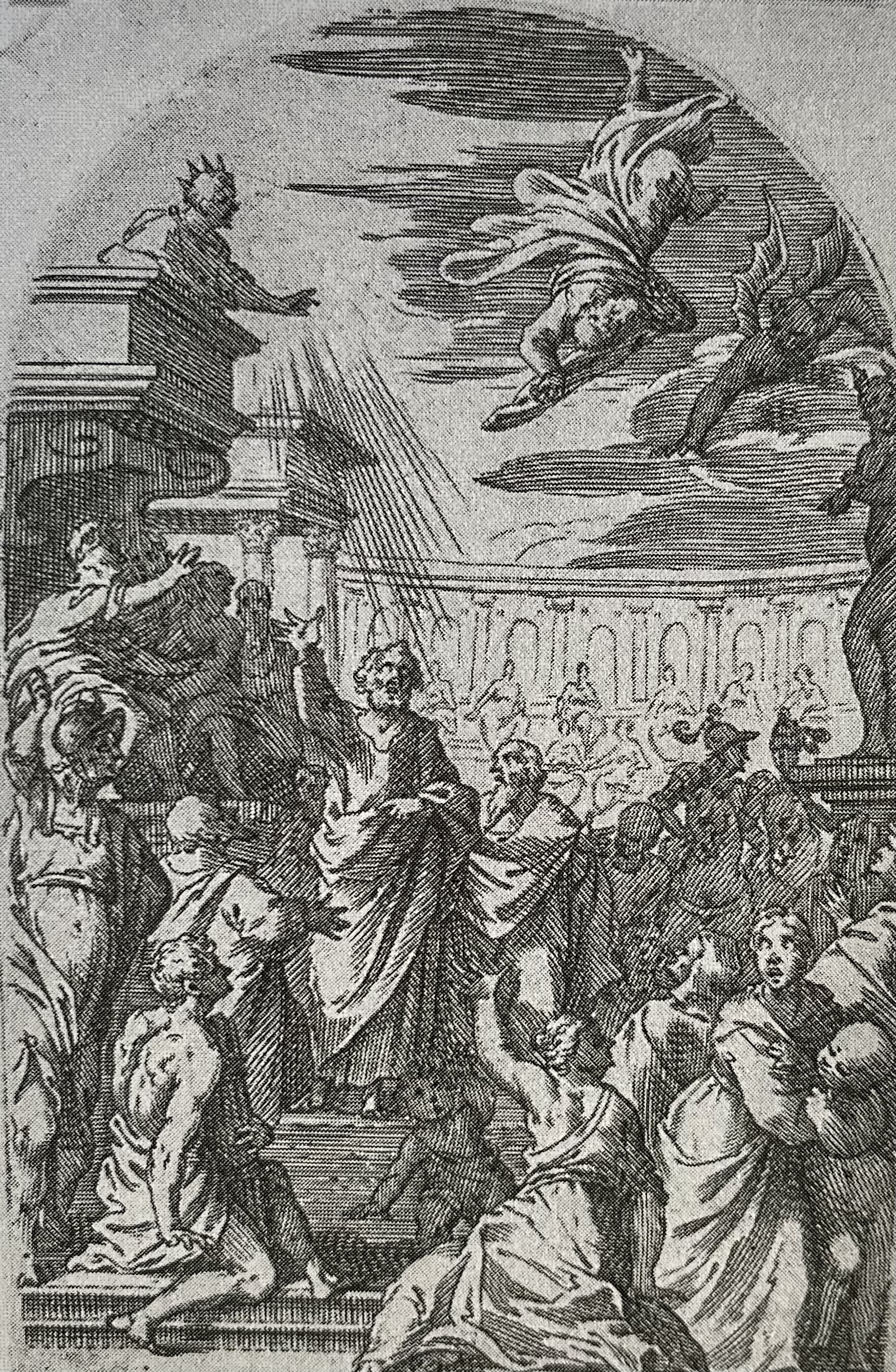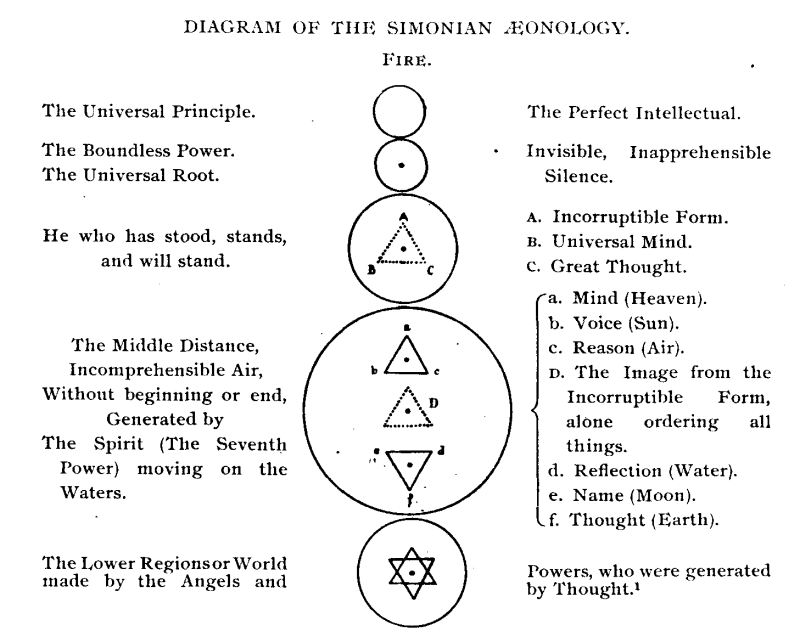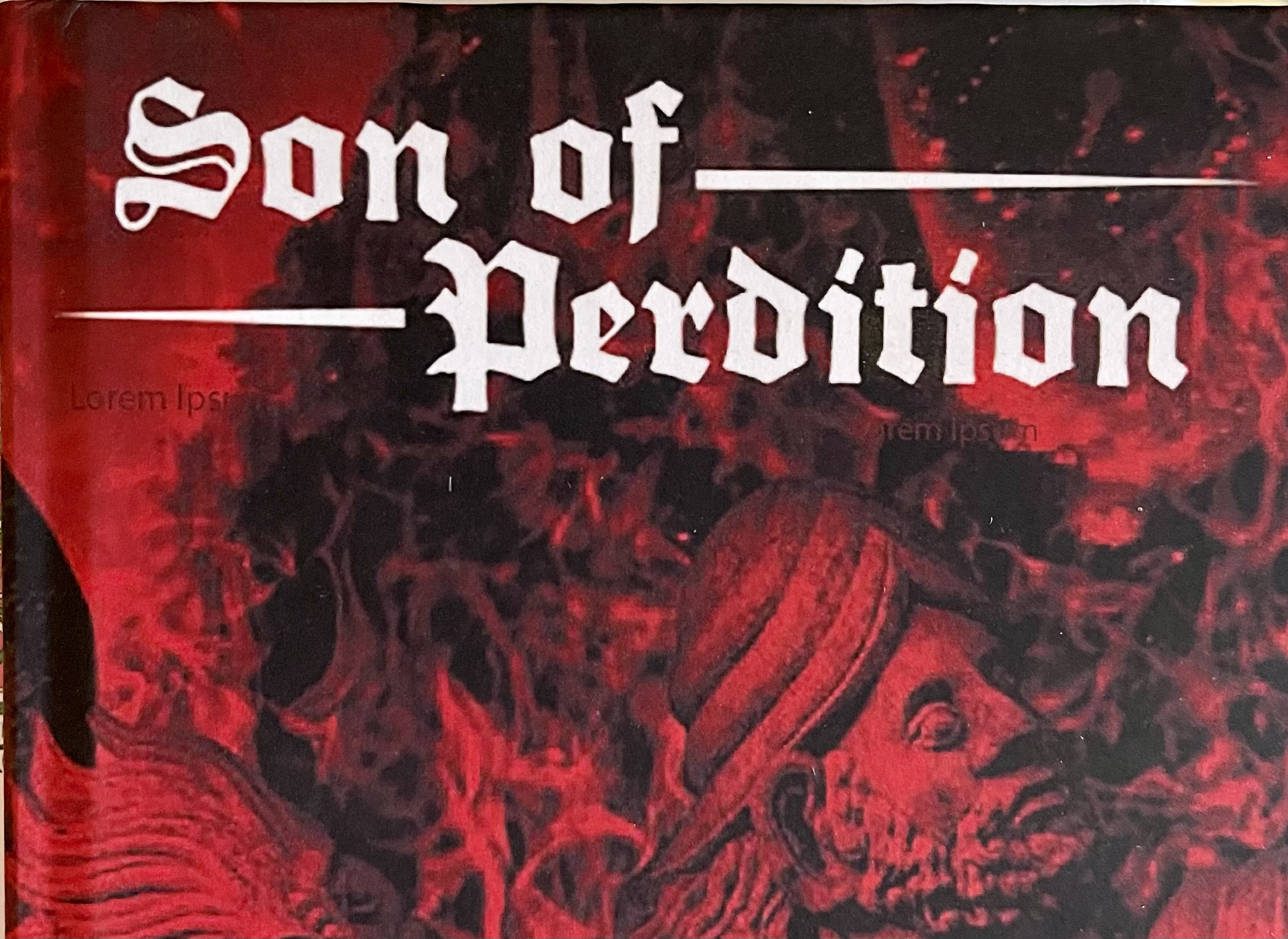son of perdition – the magic & hubris of simon magus
This blog reviews the new book by Michael Osborne, entitled Son of Perdition – The Magic & Hubris of Simon Magus,
Simon Magus is one of those characters who looms large in the theurgical world. While we find tangential references to witchcraft and the use of magic in the Old Testament, Simon is the first person whom we are told possessed such powers and used them for good or ill depending upon the author. Given that most of the early authors were pro-Christian and anti-Gnostic, the bad press of course outweighs the good. Indeed, his very name was made a noun – simony – to describe the act of bribing someone to pass on knowledge or powers. This comes from Acts 8, where he attempted to bribe the Apostles to lay hands upon him and transmit their ‘gift’.

The Acts tell us that he was a Samaritan magician and describe the attempts of the early followers of Christ to stamp down what they believed to be heresy. Perhaps his most famous, if inglorious, moment was when he confronted Peter in Rome and attempted to show that his magic was the greater by flying, only to fall, and sustaining an injury which led to his death. He is also believed by some scholars to be the founder of Gnosticism, thought this claim is disputed by other scholars who claim the Church Fathers said this in order to bring him into disrepute. This might explain why the gnostic texts, such as the Act of Peter and the Epistle of the Apostles describe him as a magician of exceptional powers.
Osborne provides us with a summarized version of most of the extant passages about the life of Simon Magus, providing all the key passages, while bringing his own scholarship to bear in interpreting them and comparing the sources. He also considers the role of Helen, attacked by the proto-Christians as his harlot, while presented by Simon as a reincarnation of Sophia. One interesting detail is the suggestion that Simon was a disciple of John the Baptist, and continued to lead his followers on John’s demise, continuing to insist on the importance of a baptism by water. He is also credited with being the founder of the gnostic sect of the Simonians, who persisted into the 4th Century CE.
This excellent work, with a Preface by Tony Hutchins, is well researched and written. However, I would particularly commend it to Martinists, for a very specific reason, which Tony hints at in his Preface. Within the assertion of the Simonian beliefs, particularly as expressed in the Menandrians, who followed Simon’s pupil Menander when the Simonians split, we find the very roots of Pasqually’s world view. Menander taught that the world was created by angels, and that fallen man could reestablish himself through the performance of theurgical rituals. The First Principle was a “Boundless Power” which dwelt in all things as a mystic fire. Without going into detail, which the reader is free to do, I have reproduced an image reproduced in the Wikipedia entry on the Simonians (en.wikipedia.org/wiki/Simonians). This is so strikingly similar to Martinez de Pasqually’s Universal Table, that I will leave it to the leader to draw their own conclusions.




No Comments